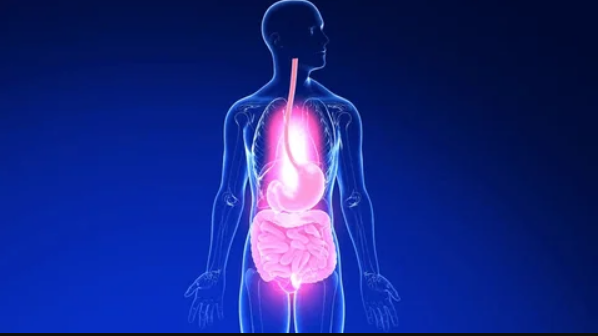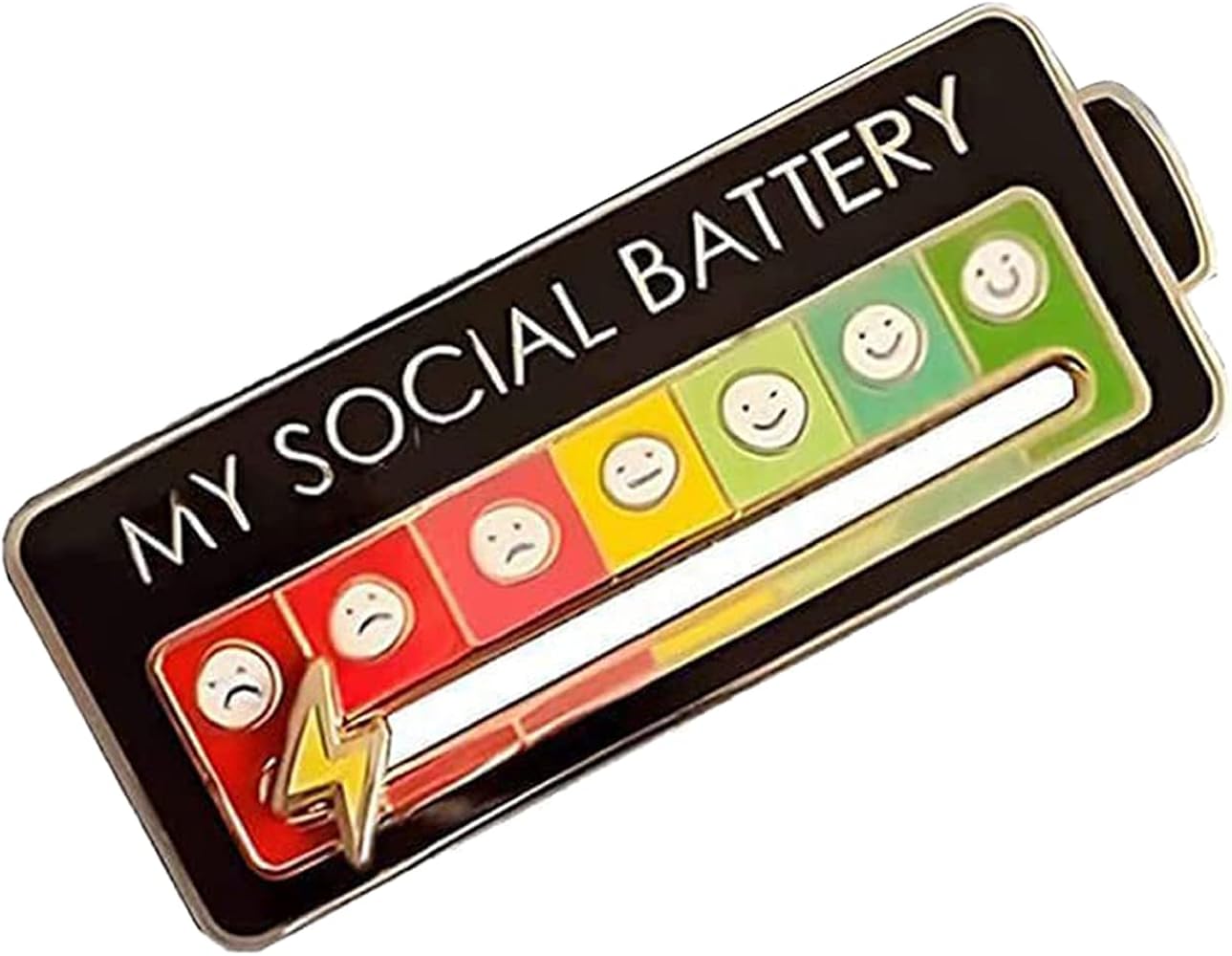vBloc Device Problems Today: What You Need to Know and How to Solve Them
vbloc device problems today are becoming a concern for many users. If you are facing any issues with your vBloc device, you’re not alone. The vBloc device is designed to help with weight loss by blocking hunger signals, but like any technology, it can sometimes have its challenges. In this post, we’ll explore some of the common problems people are experiencing today with the vBloc device and how you can fix them.
Understanding the vBloc Device: Why Problems Arise Today
The vBloc device is a small device used for weight loss. It works by blocking hunger signals sent to your brain. While it has helped many people lose weight, some users experience vBloc device problems today. These issues can be caused by various reasons, such as device malfunctions or changes in how the body reacts over time. It’s important to understand these problems so that you can fix them quickly.
In the next sections, we will look at some of the most common vBloc device problems today and how to solve them. From technical malfunctions to weight loss struggles, knowing what to expect will help you feel more in control of your weight loss journey.
Common vBloc Device Problems Today and How to Fix Them
Many users face similar vBloc device problems today, and fortunately, most of them are fixable. Some of the most common issues include device misalignment, battery problems, or even difficulty adjusting to the device. If you’re facing any of these issues, it’s helpful to know what steps to take to get back on track.
Battery problems are another common issue. The battery in your vBloc device might wear out over time. If you notice that your device is not functioning properly or is turning off unexpectedly, it could be due to a low or dead battery. Contact your healthcare provider to see if the battery needs to be replaced.
Here are a few tips to solve common vBloc device problems today:
- Always attend follow-up appointments to ensure your device is in the right position.
- Regularly check for any signs of discomfort or malfunction.
- If you notice anything unusual, don’t hesitate to contact your healthcare provider.
Is Your vBloc Device Malfunctioning? Here’s What You Can Do
If your vBloc device is malfunctioning, it’s important to address the issue right away. Malfunctioning vBloc devices can cause discomfort or interfere with your weight loss goals. The most common malfunctions include the device failing to deliver the proper signal to block hunger or simply stopping altogether.
In most cases, a malfunctioning device can be fixed with some adjustments or repairs. It’s always best to have a professional take a look. Trying to fix it on your own might cause more damage. By addressing the issue early, you can avoid bigger problems down the road.
Why Some Users Face Slow Weight Loss with the vBloc Device Today
Many people expect quick results with the vBloc device, but some users experience slow or less-than-expected weight loss. If you’re dealing with this, you’re not alone. vBloc device problems today related to slow weight loss can be due to several factors, such as diet, exercise, or how your body responds to the device.
First, it’s important to remember that the vBloc device is a tool that helps control hunger, but it’s not a magic solution. Your lifestyle choices, like eating habits and physical activity, play a big role in how successful the device is. If you’re not seeing the results you hoped for, it may be time to re-evaluate your diet and exercise routine.
Adjusting to the vBloc Device: Overcoming Early Struggles
Starting with the vBloc device can be challenging for some people. The early stages can come with discomfort or difficulty adjusting. vBloc device problems today often include soreness or even nausea in the first few weeks after the procedure. It’s normal to feel frustrated, but understanding the process can help you adjust more easily.
Tips for Adjusting:
- Take it easy and give your body time to heal.
- Follow the care instructions from your healthcare provider.
- If you’re feeling uncertain, don’t hesitate to reach out for support.
Conclusion
if you are facing vBloc device problems today, don’t panic. Many issues, like misalignment or slow weight loss, can be solved with the right steps and support from your healthcare provider. It’s important to stay patient and give your body time to adjust, as the vBloc device can take a few weeks to show its full effects. With regular check-ups and a healthy lifestyle, you can maximize the benefits of the device.
FAQs
Q: What should I do if my vBloc device stops working?
A: If your vBloc device stops working, check for any discomfort or issues at the implant site. Contact your healthcare provider right away for advice and possible device adjustments.
Q: How long does it take to see results with the vBloc device?
A: It can take several weeks to notice significant changes. Patience is key, and results vary depending on lifestyle factors like diet and exercise.
Q: Can I eat whatever I want with the vBloc device?
A: While the vBloc helps control hunger, it’s still important to eat a balanced diet. Eating healthy foods will give you the best results in the long run.
Q: Are there any side effects from the vBloc device?
A: Some people experience nausea, bloating, or discomfort in the first few weeks. These are usually temporary, but if they persist, contact your doctor.
Q: How often do I need a check-up for my vBloc device?
A: Regular check-ups are important, especially in the first few months after getting the device. Your doctor will advise how often you need to visit based on your progress.
Read more: jz dotgoi














Post Comment